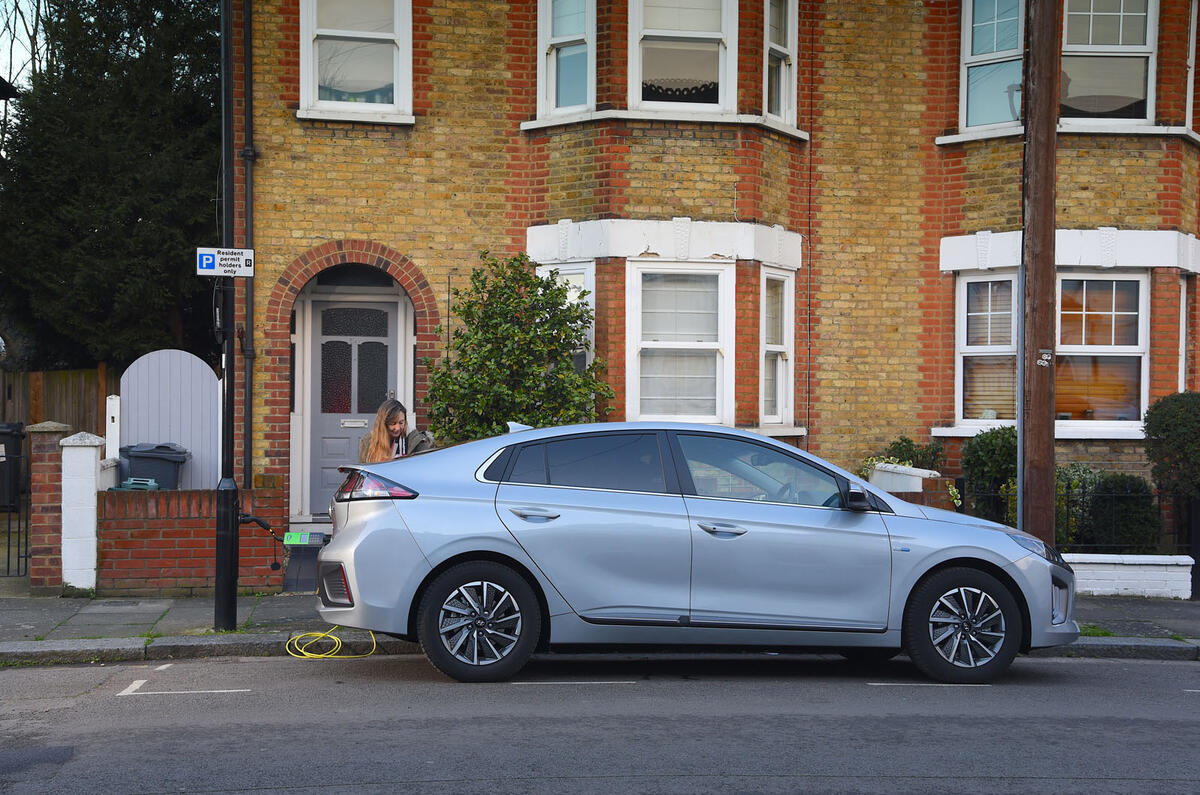Access to charging is one of the most common concerns drivers have about electric vehicles, but it’s often more convenient than they imagine. A home chargepoint effectively turns your driveway or garage into your own personal fuel station, and these are the locations where most charging takes place. It’s an important detail to get right, with some remaining support in place for company car drivers.
How do company car drivers install a home charging point?
Home chargepoints are already required by law for new-build houses in England, and similar regulations are on the cards in Scotland, Wales and Northern Ireland. With growing numbers of plug-in hybrid and electric vehicles on the road, existing regulations have made it progressively easier to retrofit existing properties and it's become a routine job for electricians.
Lease companies usually enable chargepoints to be added like an optional extra when the vehicle is ordered, either funded by the employer as part of the contract or paid for separately by the driver. Unusually, home charging equipment isn’t classed as a Benefit-in-Kind, so there’s no tax liability if employers choose to cover those costs for company car drivers.
To make life easier, home chargepoints don’t require planning permission, provided they’re serving an off-street parking space or garage and the building isn’t listed, and electricians should be able to price up any required upgrades or extra wiring early on in that process.
Unfortunately, financial support has waned. Drivers who have an electric or plug-in hybrid vehicle assigned to them for at least six months can claim up to 75% of the cost of installing home chargepoints, to a maximum of £350 per unit – and that includes company cars, salary sacrifice schemes and rentals. However, funding is now focused on flats and rental properties, which means homeowners in houses and bungalows are no longer eligible.
Drivers without off-street parking have fewer options. Home chargepoints can’t be installed within two metres of a public highway, so vehicles would have to be charged from a domestic three-pin or industrial CEEform socket, and the rules about trailing cables across pavements differ between councils. Government funding is available to authorities to install on-street residential charging, but it isn’t widespread yet.
What expenses can I claim for charging at home?
Reimbursement for electric vehicles is a little more complicated than it is for their fuel burning counterparts. HMRC doesn’t consider electricity to be a fuel, and the cost of business journeys can be hard to separate from the rest of the household’s utility bill. Drivers and employers have to prove how that energy has been used, otherwise the expenses claim can be classed as additional, taxable, income.






Join the debate
Add your comment
Here is how it's done in Holland: a smart meter measures the electricity used to charge my company EV and the power company (Eneco) charges the cost of that electricity directly to my company. The technology is there and works like a charm.
It is a complete nightmare, and needs fixing. I had the option to go electric when picking my new company car, and I really wanted to get one, but I have the issue of living in a flat, with unallocated private parking. To get a charger installed, thats not as simple as it is made out to be in this article. Even if you have a dedicated space, how do you get power to it easily? If it is unallocated, then all home owners will need to agree to paying for one to be installed, and trust me when I say that isn't easy!
The ones our factors wanted to install would make the cost of around 9p per mile, which is 4p a mile more than the rate I could claim back for business mileage. As it currently stands, I would be out of pocket unless I prove it to HMRC what I have paid. No doubt that will be a hassle.
There is so much work that needs doing to make the switch to electric easier for everyone, and that includes those who can't charge at home, and sorting out the mess for company car drivers